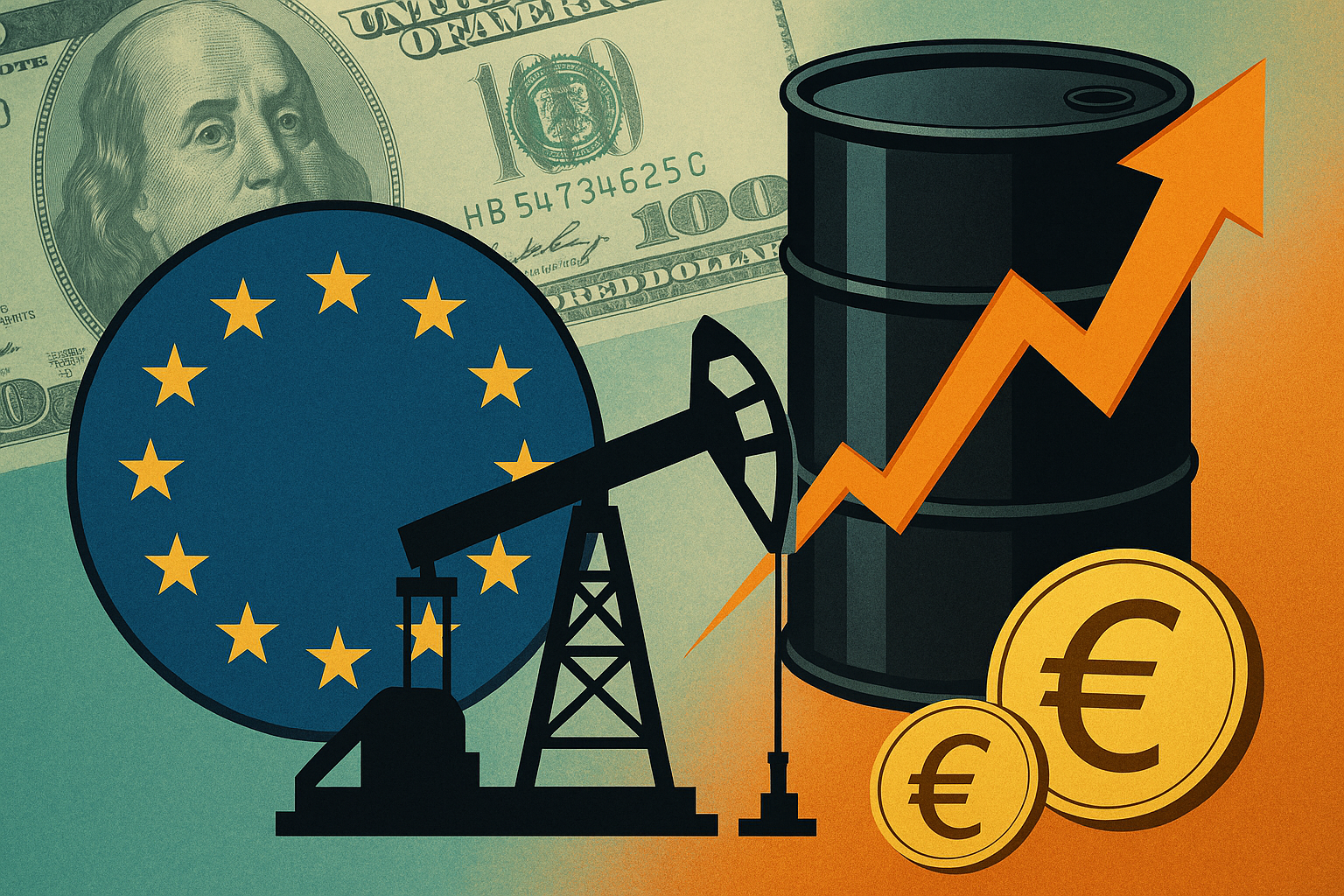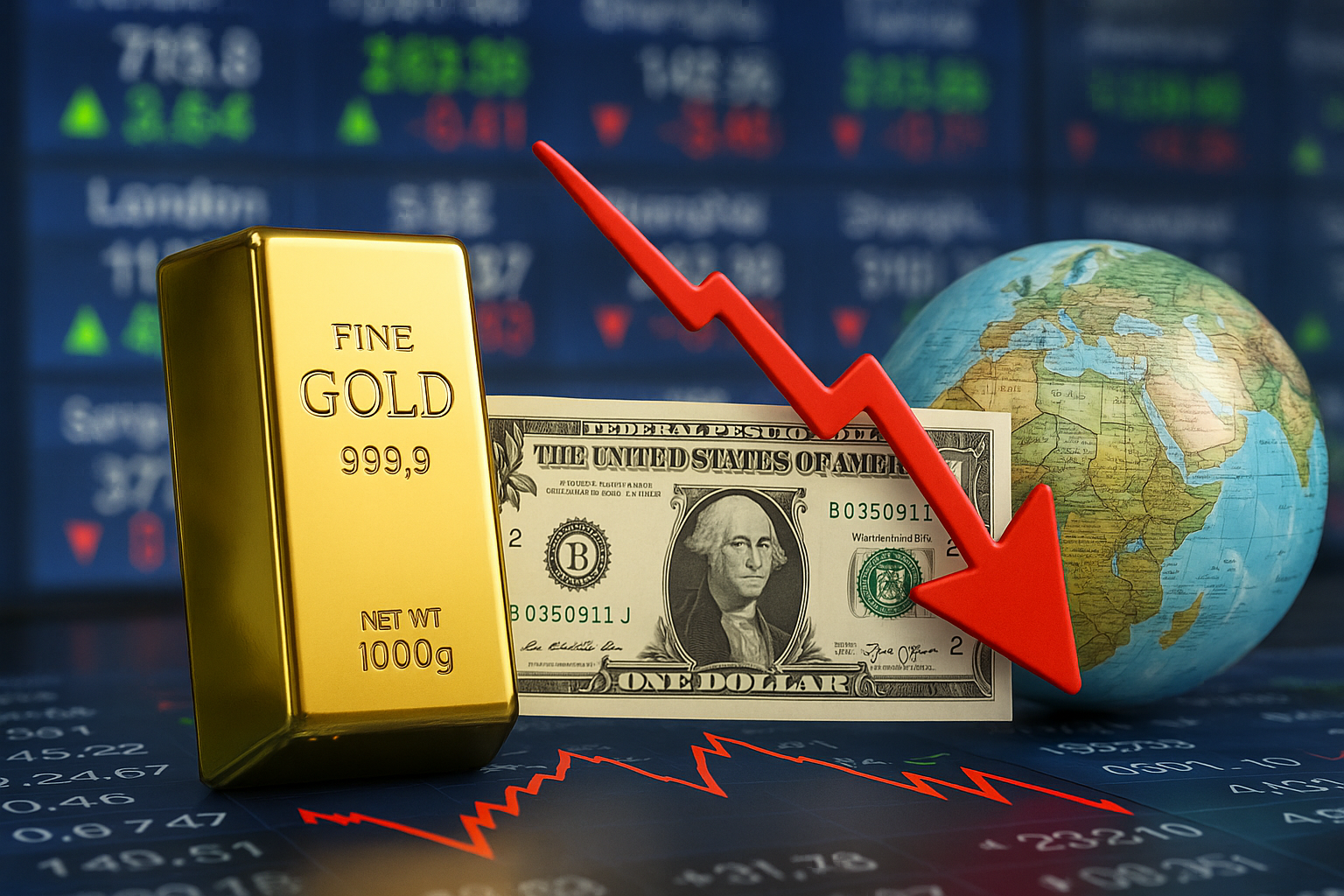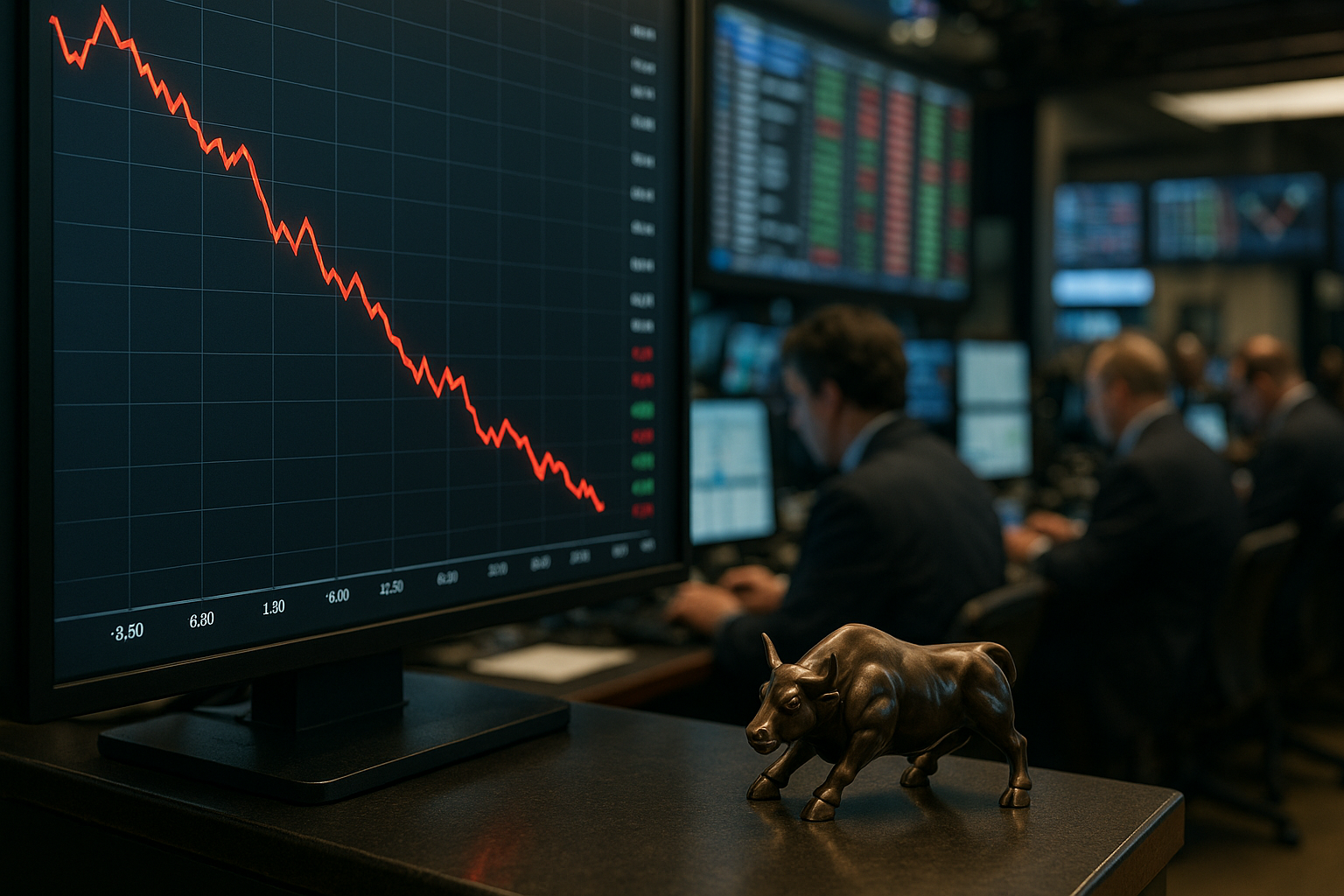As Crude Surges, Currency Movements Offer a Lifeline to European Markets
In a week dominated by geopolitical headlines and rate policy speculation, one underappreciated macro factor is quietly softening the blow for European markets: a weakening U.S. dollar. With crude oil prices surging amid rising Middle East tensions—prompted by concerns over potential U.S. involvement in the Israel-Iran conflict—many investors expected significant headwinds for energy-importing economies. However, the recent decline in the greenback has helped offset the energy shock, offering strategic positioning opportunities across the metals and mining space in Europe.
The interplay between commodity prices and currency moves is back in focus—and savvy investors are paying attention.
Currency Cushion in Times of Volatility
The price of Brent crude breached $89 per barrel this week, rebounding on fears of supply disruption out of the Strait of Hormuz. Historically, such spikes in oil have weighed heavily on European economies due to their import dependence. But this time, the euro and pound have strengthened slightly against the dollar, reducing the effective cost of energy imports.
“The softer dollar is providing some relief at a time when inflation-sensitive sectors like energy and industrials would otherwise face considerable stress,” noted Stefan Koopman, Senior Macro Strategist at Rabobank, in an investor note cited by Bloomberg.
The euro has gained approximately 1.2% against the dollar in the past five sessions, while the DXY (U.S. Dollar Index) has fallen below 104, marking its lowest level in a month. Analysts from ING suggest this move is being driven by dovish signals from the Federal Reserve, following last week’s FOMC projections that showed fewer expected rate hikes for the second half of the year.
Why This Matters for Investors
For metals and mining equities—particularly those in Europe—the macro backdrop creates a compelling setup. Industrial metals like copper and zinc, which are typically priced in dollars, become more attractive to euro-based buyers when the dollar weakens. Simultaneously, large-cap mining companies with global operations but European-listed equities (e.g., Rio Tinto, Glencore, and Anglo American) benefit from lower operating costs and stronger local purchasing power.
“Metals companies with U.S. dollar-revenue exposure but euro- or pound-denominated costs stand to gain in this environment,” said HSBC commodities analyst Nikos Kavalis, speaking to Financial Times.
Additionally, energy-linked equities in Europe—such as TotalEnergies, BP, and Shell—are navigating this tension with a margin buffer from FX dynamics. Their integrated operations give them downside protection as currency volatility becomes a differentiator in profitability.
Future Trends to Watch
While oil prices remain elevated, the risk of sustained escalation in the Middle East remains a wild card. In parallel, currency markets are showing signs of recalibration, with expectations that the ECB could adopt a more patient stance relative to the Fed. This divergence may continue to support the euro in the short term.
Another trend to monitor is the evolving energy-import strategy in Europe. As countries double down on diversified sourcing—especially through LNG contracts and strategic oil reserves—currency-hedged supply agreements are becoming more common, reducing future FX risk exposure for key sectors.
Watch for increased volatility in metals linked to energy-intensive production (e.g., aluminum, nickel), as firms navigate margin compression unless input costs are hedged or subsidized. FX rates could increasingly influence stock selection strategies in the commodities space.
Key Investment Insight
Investors should consider tactical exposure to European mining and energy equities that stand to benefit from the current FX and commodity environment. Look for:
- European-listed multinationals with dollar-denominated revenues and local currency cost bases
- Base metal miners with diversified supply chains and hedged energy inputs
- Energy sector ETFs with high European weightings, particularly those tracking large integrated oil firms
Additionally, currency ETFs or hedged mutual funds offer a way to play the macro angle without direct commodity risk.
Stay ahead of the curve with MoneyNews.Today—your source for daily investor intelligence and timely financial insights in a volatile global market.
Suggested Tags:
#MetalsAndMining #FXMarkets #EurozoneInvesting #CrudeOil #Geopolitics #BaseMetals #InvestmentStrategy #EuropeanMarkets #Commodities #DollarIndex #EnergySector #InvestorInsights #MoneyNewsToday





